Which Statement About Economic Resources Is Accurate

Imagine a bustling farmer's market, overflowing with vibrant produce. Each stall represents a different farmer, each offering their unique bounty: crisp apples, juicy tomatoes, freshly baked bread. Behind each of these offerings lies a complex web of effort, planning, and crucially, resources. But what exactly are these resources, and how do they fit into the bigger economic picture?
Understanding the nature of economic resources is fundamental to grasping how economies function. The accurate statement about economic resources is that they are finite and scarce, requiring careful management and allocation to satisfy competing wants and needs. This scarcity is the driving force behind all economic decisions.
The Foundation of Economics: Scarce Resources
Economics, at its core, is the study of how societies allocate scarce resources. These resources, also known as factors of production, are the inputs used to produce goods and services. Understanding their nature is paramount to comprehending economic activity.
Historically, the concept of scarcity has been central to economic thought. From Adam Smith's "The Wealth of Nations" to modern economic models, the assumption that resources are limited shapes analysis and policy recommendations. This isn't merely an academic point; it impacts everything from individual spending choices to national trade policies.
Defining the Key Resources
Economic resources are generally categorized into four main types: land, labor, capital, and entrepreneurship. Each plays a unique role in the production process.
Land encompasses all natural resources available for production. This includes not only arable land for farming but also mineral deposits, forests, water, and even air. The value of land often reflects its location and the resources it contains.
Labor refers to the human effort, both physical and mental, used in the production of goods and services. The quality and quantity of labor available in an economy greatly influence its productivity. Education, training, and healthcare investments can significantly improve the labor force.
Capital includes all manufactured goods used to produce other goods and services. Think of machinery, equipment, buildings, and infrastructure. Capital investments are crucial for long-term economic growth because they enhance productivity.
Entrepreneurship is the organizing force that brings together the other three factors of production. Entrepreneurs take risks, innovate, and create new businesses. Their role is vital for driving economic progress and creating jobs.
The Crucial Element: Scarcity and its Implications
The defining characteristic of economic resources is their scarcity. This means that the available quantity of these resources is limited relative to the unlimited wants and needs of individuals and societies.
This scarcity forces us to make choices. Every decision to use a resource for one purpose means forgoing its use for another. This is the concept of opportunity cost - the value of the next best alternative foregone.
According to the Bureau of Labor Statistics, the demand for skilled labor continues to outpace the available supply in many sectors. This illustrates the scarcity of specialized human capital and its impact on wage levels and economic opportunities.
The Role of Allocation and Efficiency
Because resources are scarce, economies must find ways to allocate them efficiently. This involves determining what to produce, how to produce it, and for whom to produce it.
Different economic systems, such as market economies and planned economies, approach resource allocation differently. Market economies rely on supply and demand to guide resource allocation, while planned economies rely on central planning by the government.
Efficiency in resource allocation is key to maximizing societal well-being. When resources are used wastefully or inefficiently, it results in lower overall output and reduced living standards.
Beyond the Basics: Challenges and Considerations
While the basic principle of resource scarcity remains constant, the challenges surrounding resource management are constantly evolving. Factors like population growth, technological advancements, and environmental concerns add complexity.
Sustainable resource management is increasingly important. As global population grows and consumption patterns change, the pressure on natural resources intensifies. Finding ways to use resources responsibly and minimize environmental impact is crucial for long-term economic prosperity.
Innovation plays a vital role in overcoming resource constraints. Technological advancements can create new resources, improve resource efficiency, and reduce waste. For instance, renewable energy technologies offer a way to reduce our reliance on fossil fuels.
The Human Element
Ultimately, the story of economic resources is a human story. It's about how we, as individuals and as a society, make choices in the face of limitations.
Recognizing the finite nature of our resources can empower us to make more informed decisions. From choosing to conserve energy to supporting businesses that prioritize sustainability, our individual actions can collectively contribute to a more efficient and equitable allocation of resources.
The ongoing conversation about economic resources constantly reminds us of the interconnectedness of our world. By acknowledging scarcity and striving for efficiency, we can build a more resilient and prosperous future for generations to come.
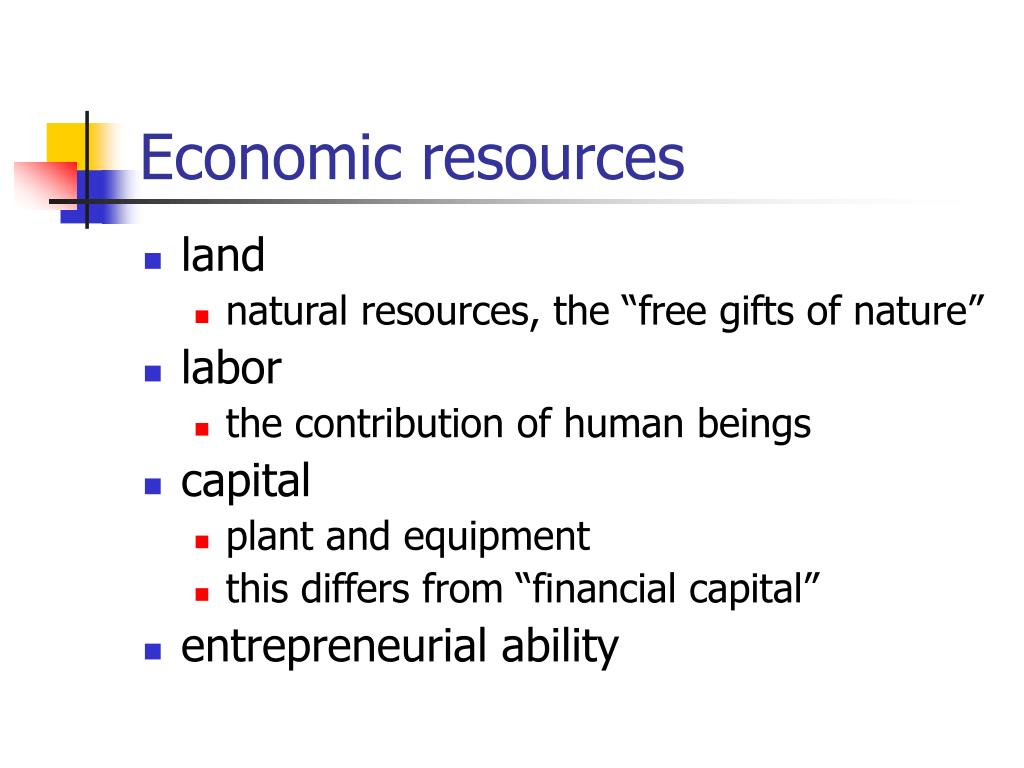
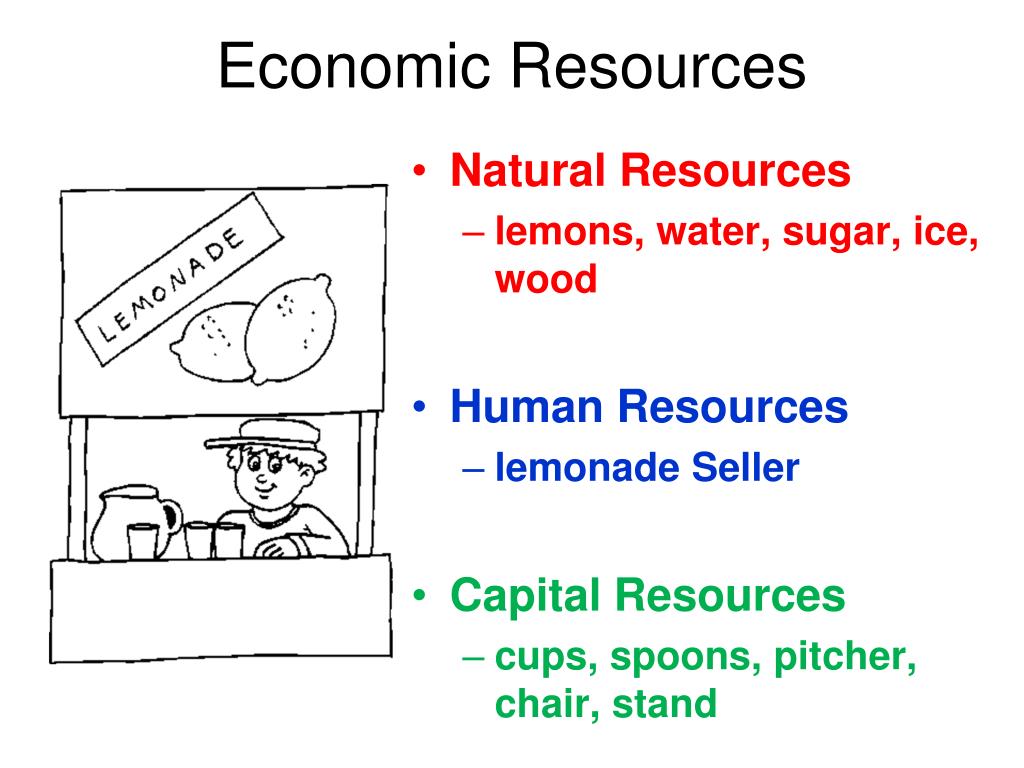
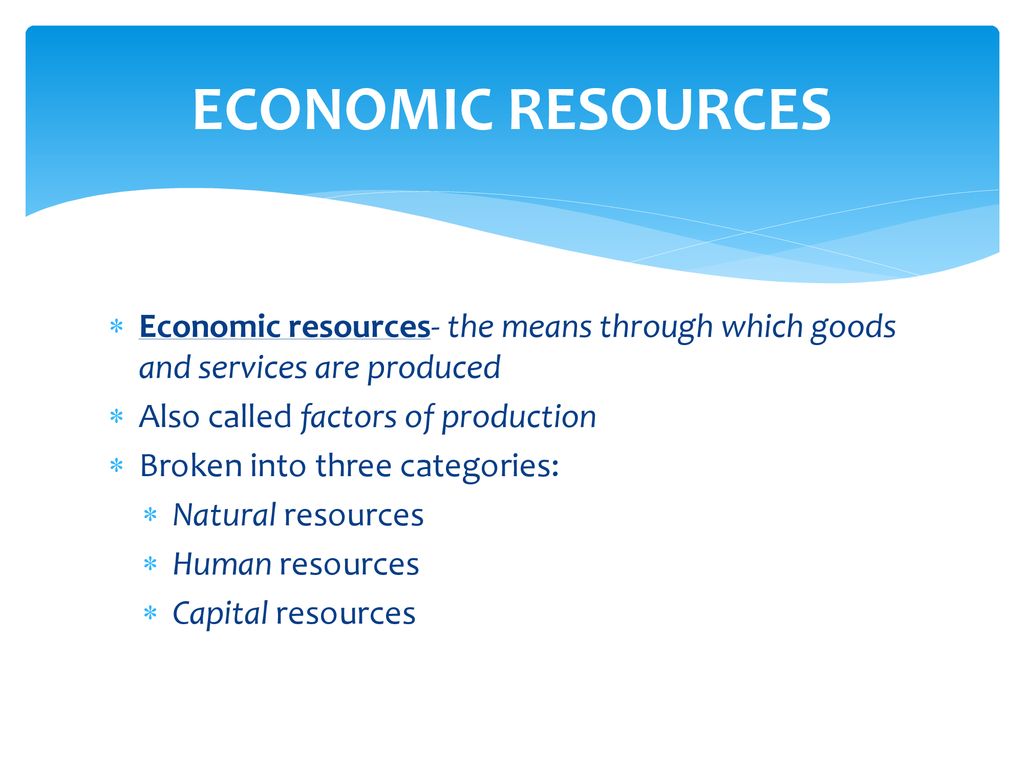

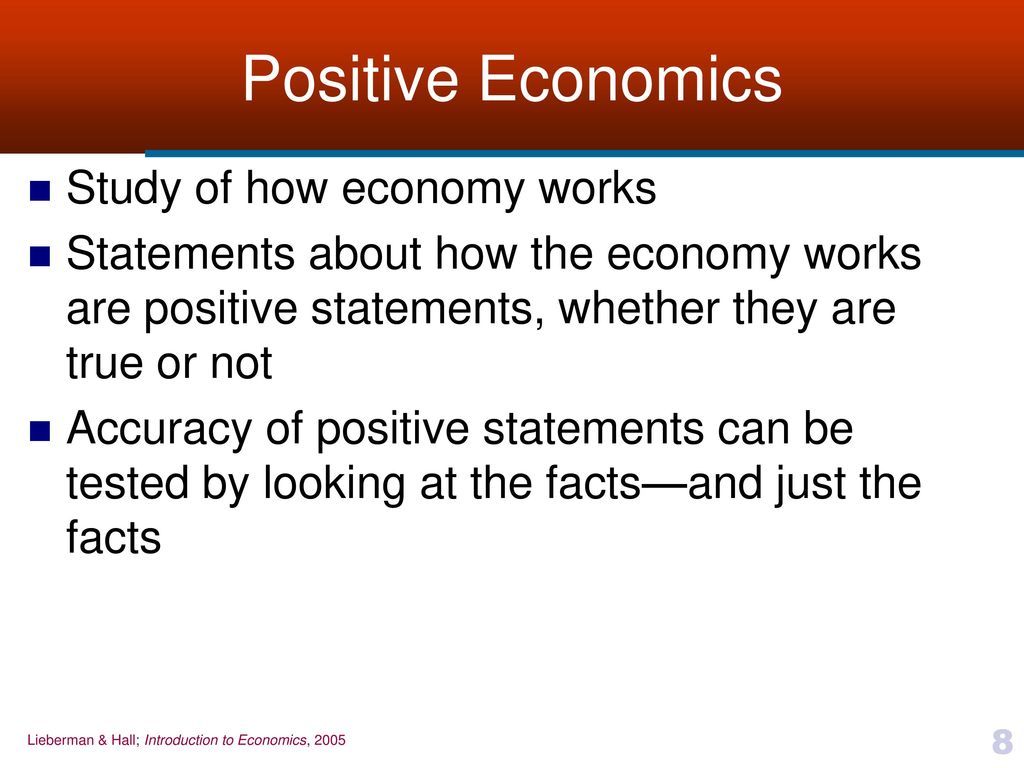
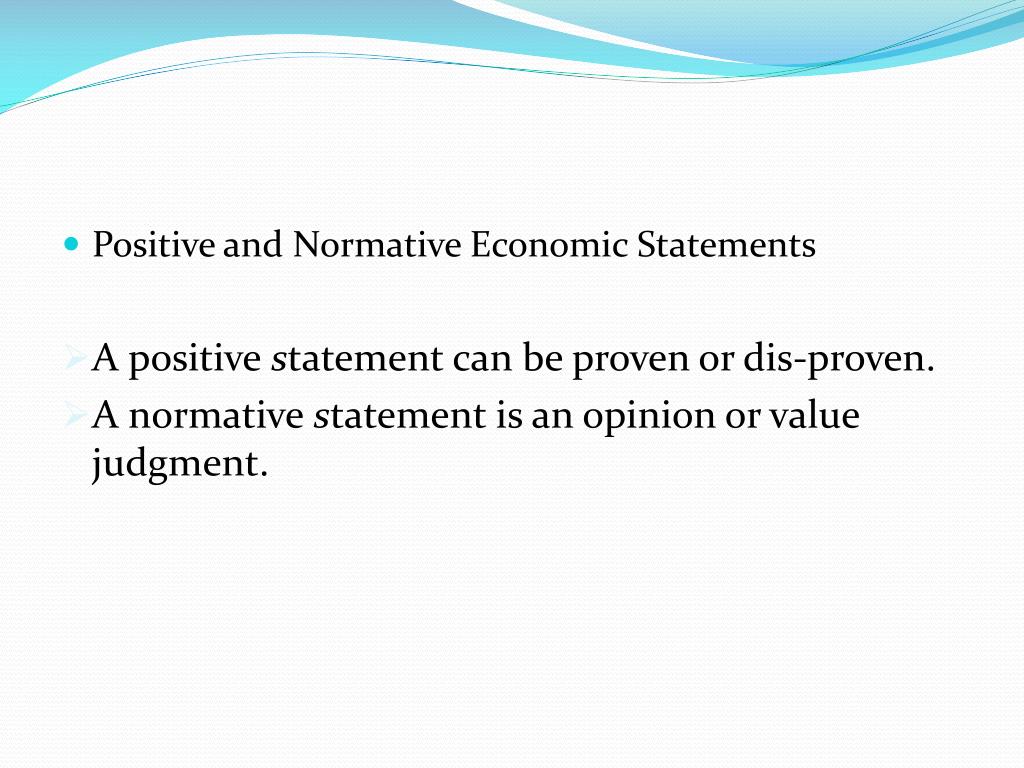
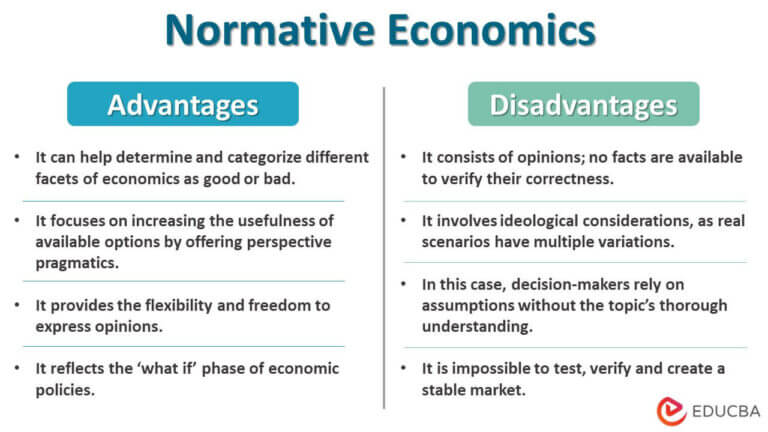


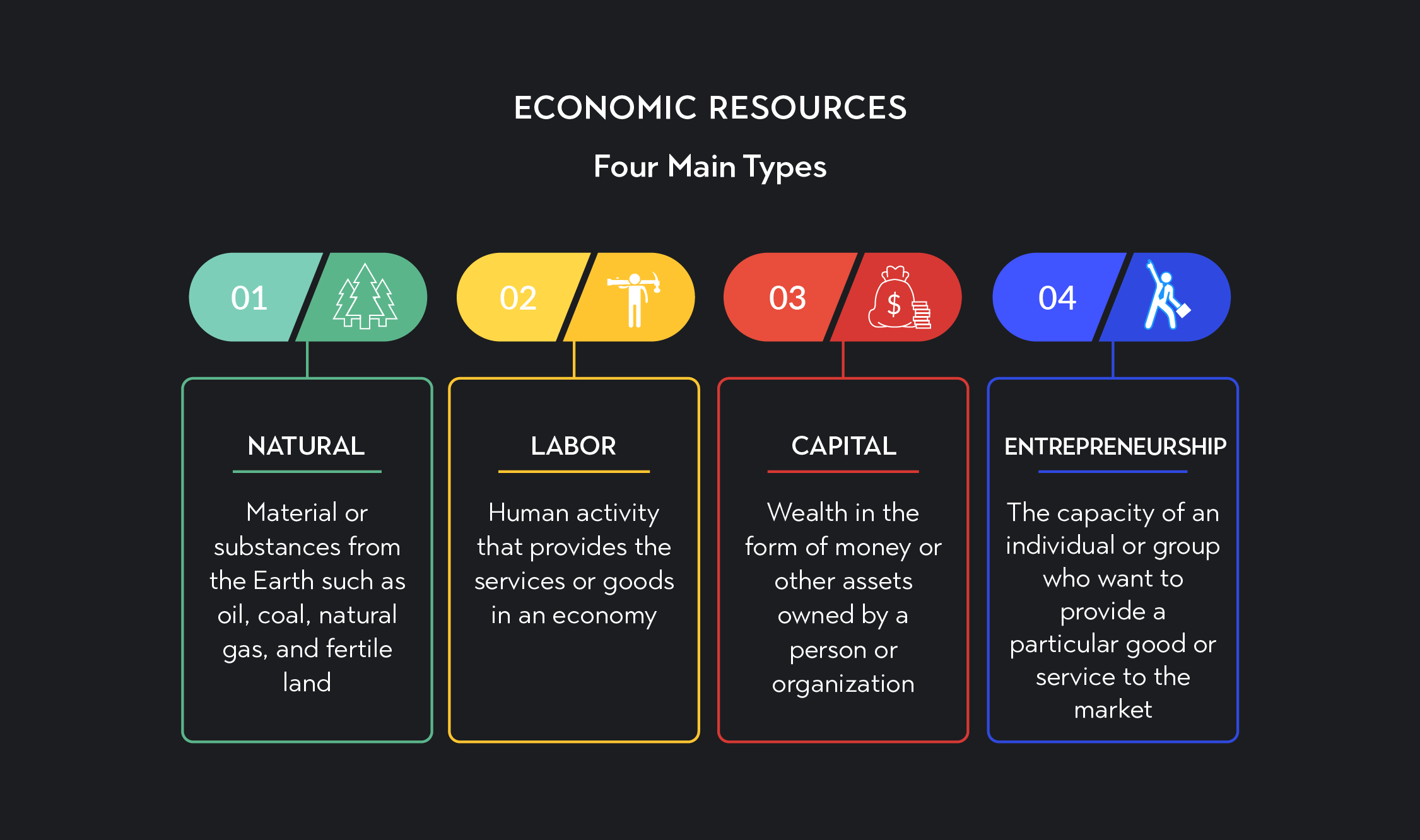



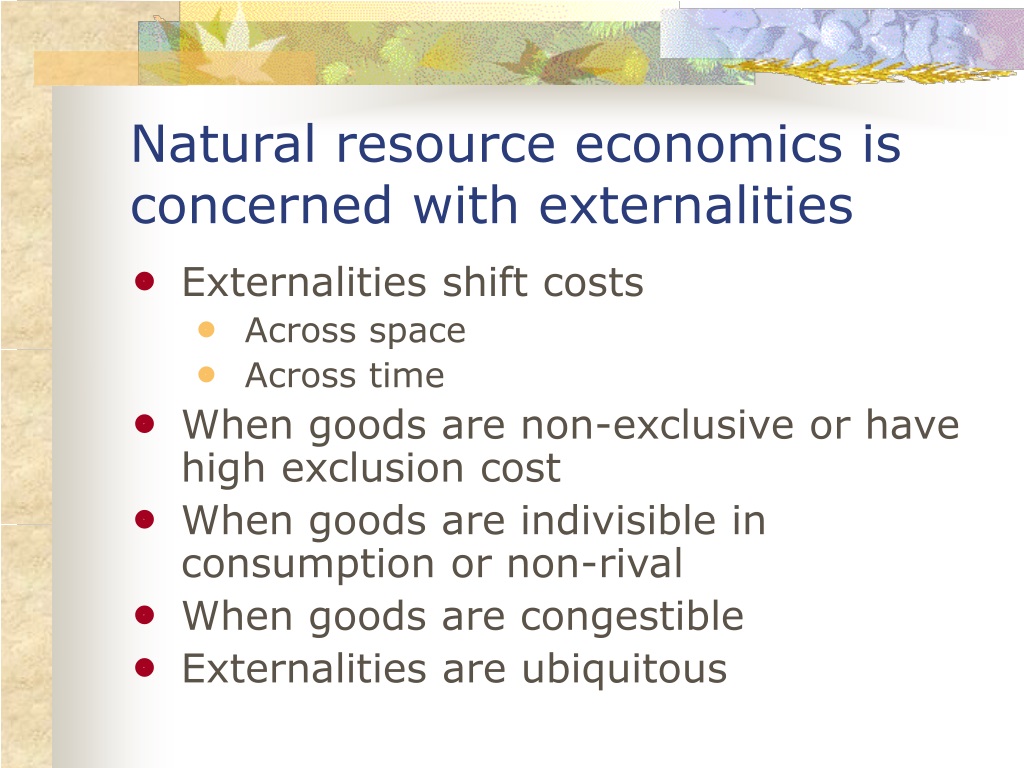


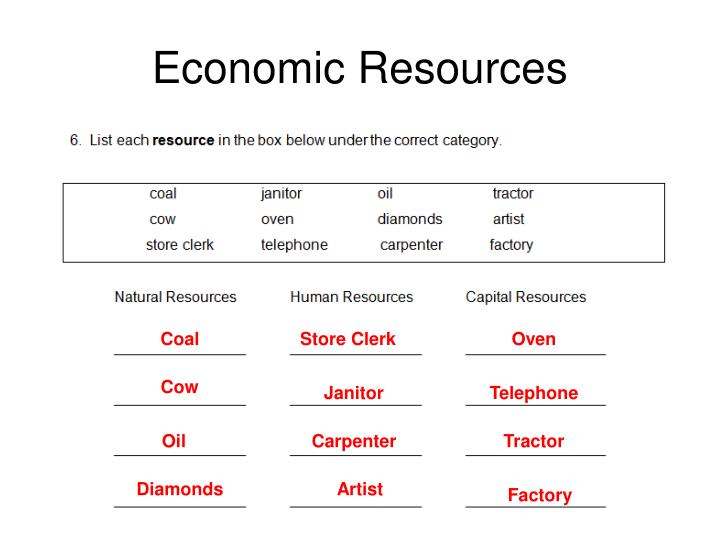
.webp)
